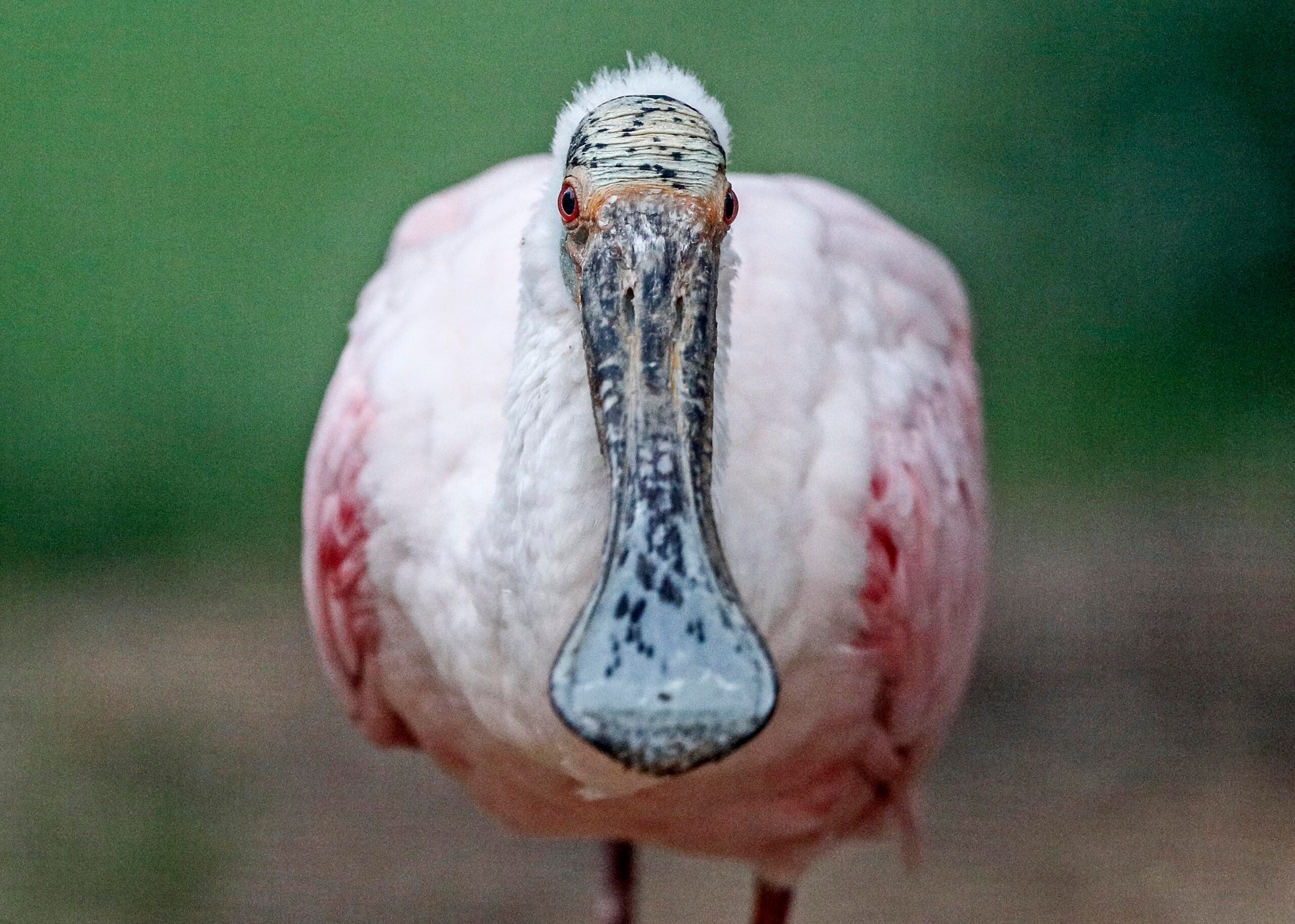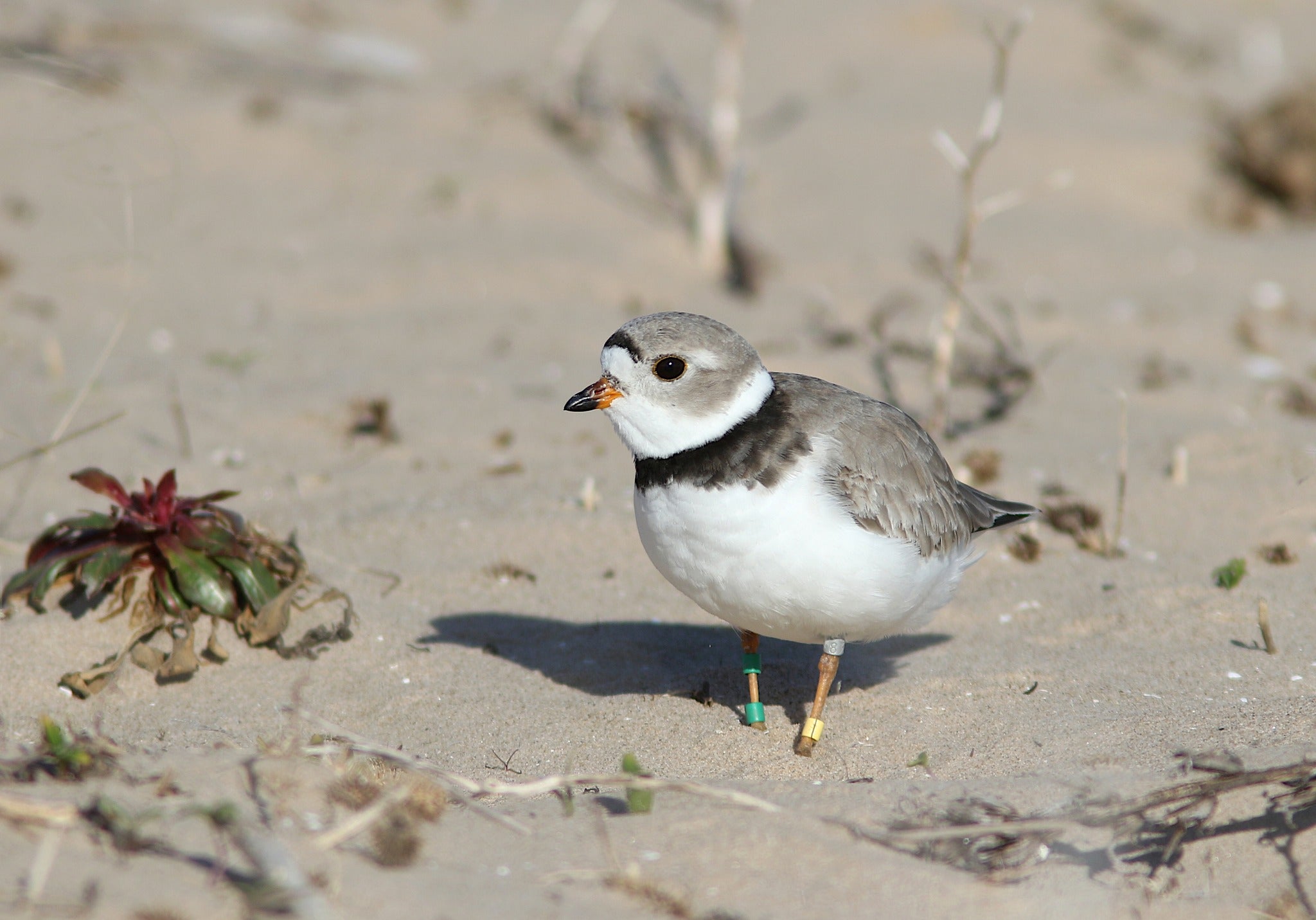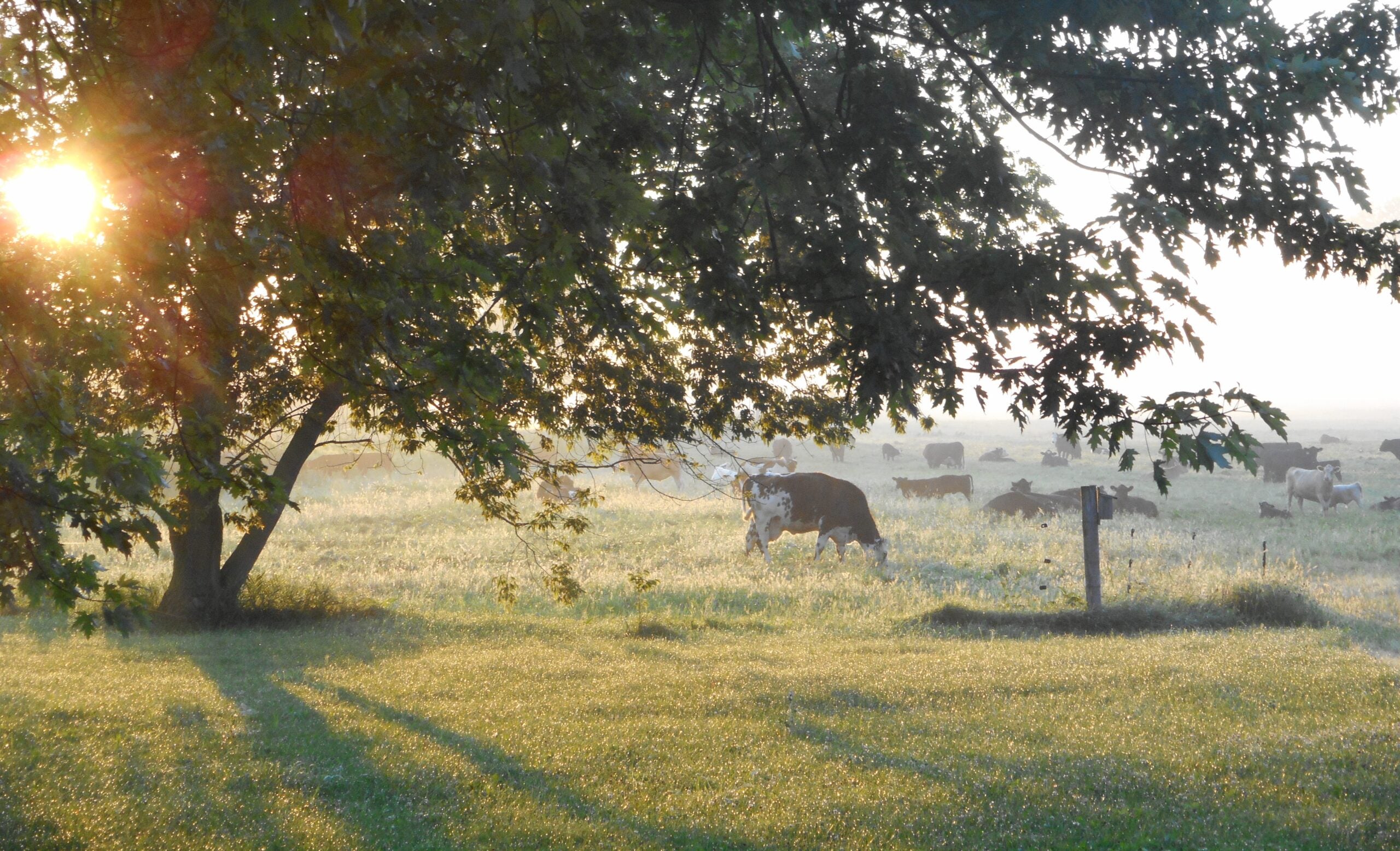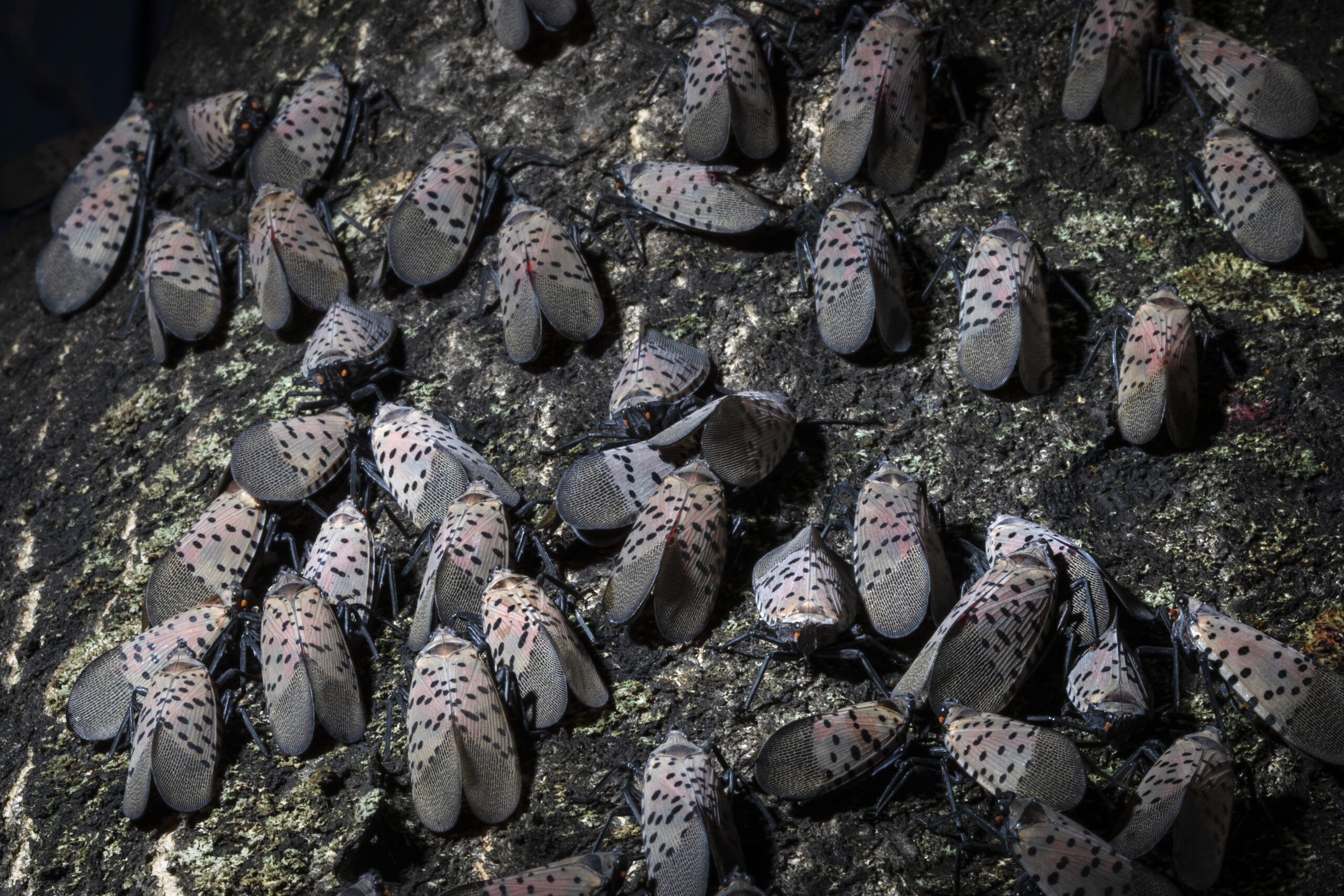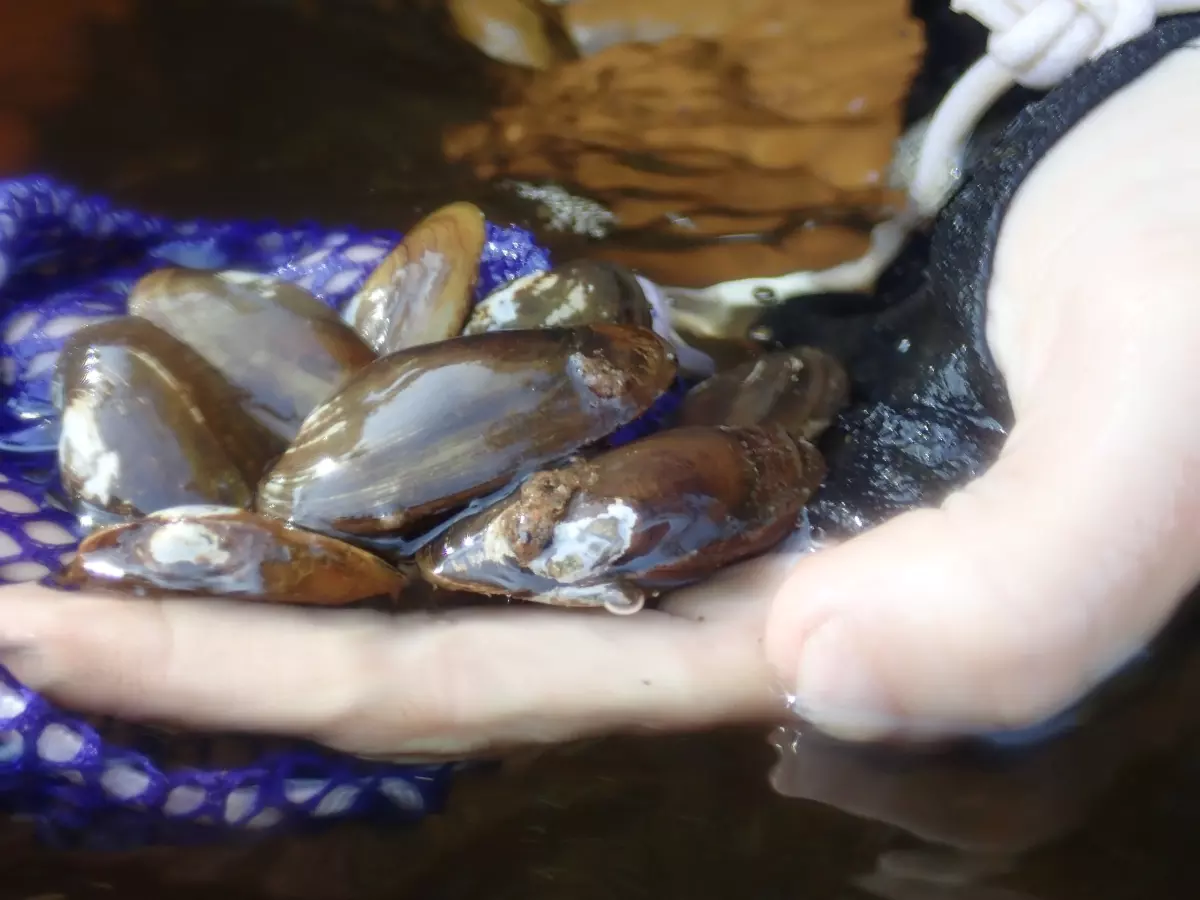Oh, the places it has gone!
With a football-shaped pink body and a shoehorn-shaped bill, the roseate spoonbill hanging out in Green Bay looks more like a Dr. Seuss creation than your typical bird spotted in Wisconsin.
The flamboyant bird, a species usually found hanging around the Gulf Coast or South America, is anything but typical – the last time it was spotted in Wisconsin was 178 years ago. And that one was dead.
News with a little more humanity
WPR’s “Wisconsin Today” newsletter keeps you connected to the state you love without feeling overwhelmed. No paywall. No agenda. No corporate filter.
This Spoonbill, very much alive, was first seen by Logan Lasee, a member of the Bay Area Bird Club in the Ken Euers Nature Area in Green Bay on July 26.
Since that first spotting, birders have flocked to see the rare sight.
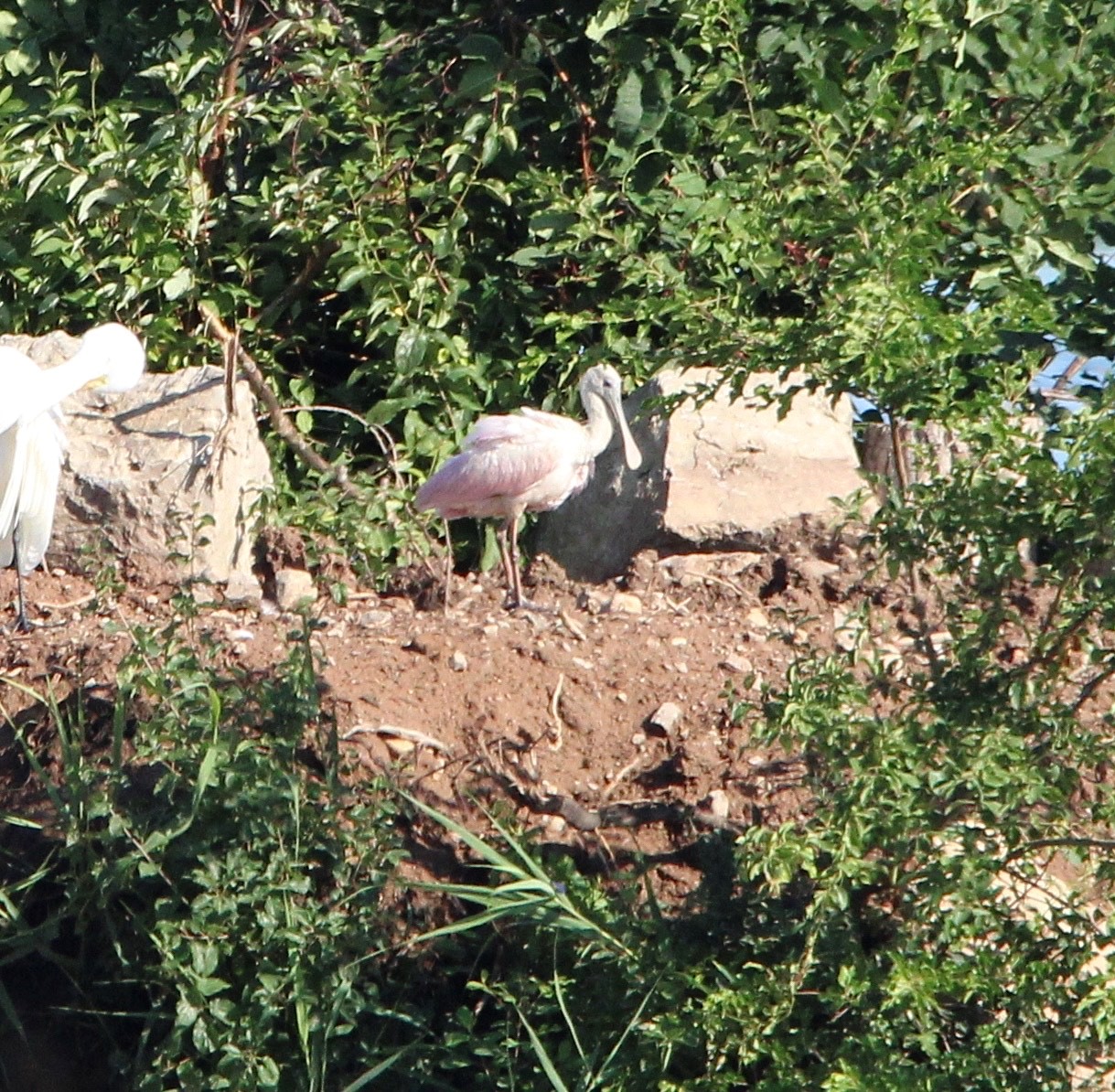
When Candy Evans heard the news, she and her husband left their Door County home at 6:30 a.m. to see what she calls a “mega-rarity.”
“It was so interesting because it is just such a distinctive silhouette,” Evans said. “It’s just a gorgeous bird.”
The couple, who have been full-time birders since 2020, kept a respectable distance, using a long-lens camera and spotting scope to view the animal.
“The number one priority is keeping the animal safe and comfortable,” Evans said. “The last thing we want to do is flush it out of the habitat or make it stressed. Most people have been very respectful of that.”
There are six types of spoonbills in the world and only one, the roseate, is found in North America. The large shorebird is typically seen in Florida, Texas, Louisiana and Central and South America. The last record of a spoonbill in Wisconsin was 1845.
Birders and scientists have been hypothesizing how this spoonbill made its way to Wisconsin. Sometimes a storm blows a bird in. Other times, young birds, like this one, fly off course.
David Drake, a wildlife specialist and forest and wildlife ecology professor at the University of Wisconsin-Madison compared juvenile birds to 16-year-old drivers.
“They know how to drive but, they don’t know where they’re going or how everything works,” Drake said. “We refer to that as an accidental. I’m assuming that’s likely what happened.”
Climate change and destruction of wildlife habitats are also moving birds north.
Evans and her husband have spotted several birds this year that are not native to Wisconsin, which she attributes to those reasons.
Among those the couple has spotted is a varied thrush, which is typically found in the dense forests of the Pacific Northwest, and a flame-colored tanager, which is native to the mountains of Mexico and Central America.
The spoonbill has already had a small adventure.
After landing at the Ken Euers Nature Area in Green Bay on July 26, Prestby said the bird headed to Escanaba, Michigan, for a few days before returning to Green Bay on Saturday. Birders in both states captured the bird on film.
Whether or not the spoonbill ends up back in a warm climate before winter is anyone’s guess.
Tom Prestby, Wisconsin conservation manager at Audubon Great Lakes, thinks the spoonbill will spend a few days in Green Bay — or possibly weeks — and then make its way around the Midwest before heading to the Gulf Coast.
“When we get rare birds in late fall, those are the ones that probably don’t make it,” Prestby said. “It’s anybody’s guess how long it will stay. It could be days, it could be until we get a cold front, it really just depends on how happy the bird is and how much food it is finding.”
Drake said the fact the bird has already gone to Michigan shows it is probably exploring a suitable habitat.
“It also might get into a flock of Sandhill cranes or some other type of wading bird that migrates south, or maybe it will find its way back on its own,” Drake said.
The arrival of the spoonbill has caught the attention of more than just birders. As of Tuesday night, there have been more than 450 visitors to the Ken Euers Nature Area, which Evans says is a double-edged sword.
“It’s good to raise awareness about birds as well as possible causes including global warming and habitat loss,” Evans said. “It can also be problematic when you have people who don’t respect the wildlife and try to get too close.”
Drake’s advice to people who want to see the bird: Don’t look for the bird — look for hoards of long lenses and spotting scopes.
Wisconsin Public Radio, © Copyright 2025, Board of Regents of the University of Wisconsin System and Wisconsin Educational Communications Board.

